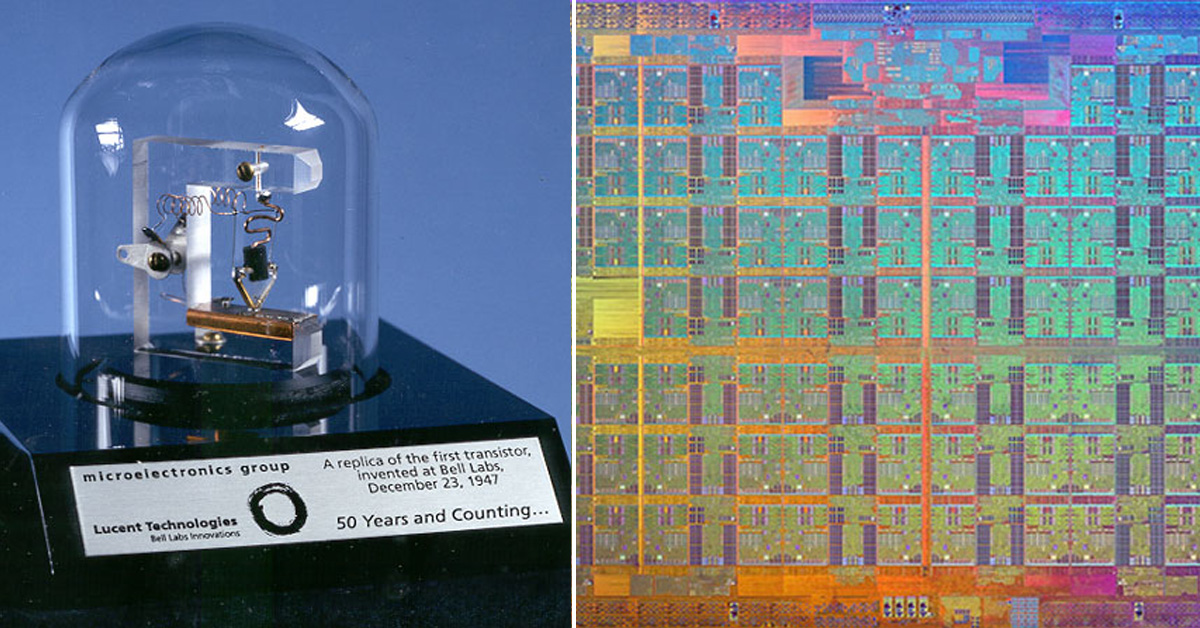In the complex world of semiconductor manufacturing an often reported metric is ‘nm’ or nanometre which tries to capture the size of the transistors being fabricated. Transistors are the fundamental building blocks of all CPU’s and RAM. BUT, are all nm made equal? In short, no.
So, what is 1nm? 0.000000001m in length or 1 billionth of a metre. Small. Real small.
While the transistor size is important and indicates milestones in technological development, the density of transistors is much more significant. Much has been made of Intel’s struggles to get to 10nm and 7nm. However, if you carefully read the documentation and articles, you see that Intel still packs the most transistors into each square mm of a chip. This means they can throw more transistors at the number of cores, maths units, caches.
Intel 10nm process = 100 million transistors per mm2
TSMC 7nm process = 91 million transistors per mm2
Samsung 7nm process = 95 million transistors per mm2
(7nm Process figures here.)
While the smaller transistor size means reduced energy consumption, it is not directly related to performance. It’s how you use the transistors that matters. That age-old adage strikes again!




































